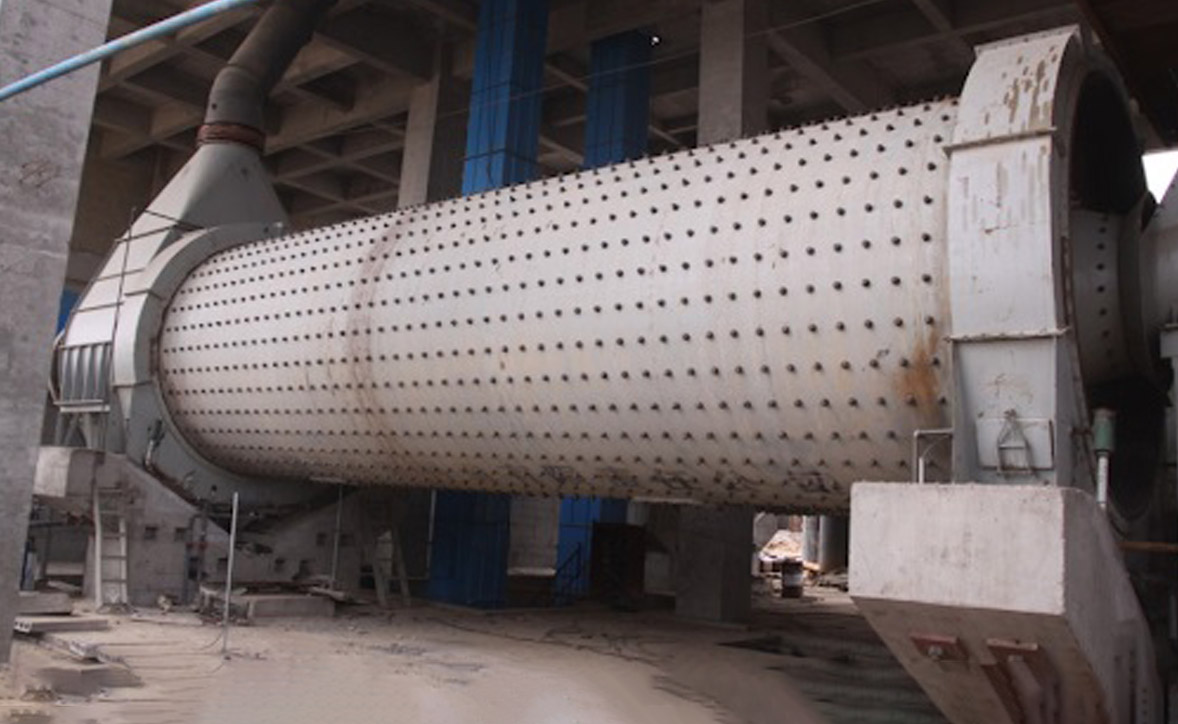Basic Cement Raw Materials Used Manufacture of Cement
Cement is a fundamental building material used in construction projects worldwide, from residential homes to large infrastructure developments. The cement manufacturing process is complex and requires a variety of raw materials to produce a product that meets industry standards for quality and durability. Understanding the basic raw materials used in cement manufacturing is essential for those involved in the construction and building sectors.
Key Raw Materials in Cement Manufacturing
The primary cement raw materials used in the industry are limestone, clay, shale, and other minerals. These materials are essential because they provide the necessary chemical components required to produce cement.
Limestone: Limestone is the most crucial raw material in cement production. It constitutes up to 80% of the raw mix and is the primary source of calcium carbonate (CaCO₃), a critical component in the formation of clinker. Clinker is the intermediate product that is ground to produce cement. The calcium carbonate in limestone decomposes into lime (CaO) and carbon dioxide (CO₂) when heated in the kiln, which is a fundamental chemical reaction in the production process.
Clay: Clay is another vital raw material for cement manufacturing. It is typically composed of alumina, silica, and iron oxide, which are essential for the chemical reactions that occur during clinker formation. The alumina (Al₂O₃) and silica (SiO₂) in clay help to lower the temperature at which the raw materials melt, making the cement production process more energy-efficient. Additionally, these components contribute to the strength and durability of the final product.
Shale: Shale is a fine-grained sedimentary rock that also provides silica, alumina, and iron oxide. It is often used as an alternative to clay and can be found in various locations. Like clay, shale helps to lower the melting point of the raw materials in the kiln and contributes to the overall chemical composition of the clinker.
Iron Ore: Iron ore is used in small quantities in the cement manufacturing process. It provides the iron oxide (Fe₂O₃) necessary for the production of clinker. Iron oxide is a fluxing agent that lowers the melting point of the raw mix, aiding in the efficient formation of clinker and enhancing the quality of the cement.
Gypsum: Although not used in the initial stages of cement production, gypsum is added to the clinker during the final grinding process. Gypsum acts as a set retarder, controlling the setting time of the cement when mixed with water. This ensures that the cement has sufficient workability for construction purposes.
Additional Raw Materials in the Cement Industry
Apart from the primary raw material for cement industry also uses several other materials to enhance the properties of the final product or to utilize waste products. These additional materials include:
Fly Ash: A by-product of coal combustion in power plants, fly ash is rich in silica and alumina. It is often used as a supplementary material in cement production, helping to improve the strength and durability of the cement while reducing the need for raw materials.
Slag: Slag is a by-product of steel production and is composed mainly of calcium, silica, and alumina. It can be used as a partial replacement for clinker in cement production, enhancing the cement’s properties and reducing the environmental impact of manufacturing.
Pozzolans: Pozzolanic materials, such as volcanic ash, are used to improve the long-term strength and durability of cement. They react with lime released during the hydration process to form additional cementitious compounds.
The Importance of Quality and Consistency
In cement manufacturing, the quality and consistency of raw materials are crucial. Variations in the composition of these materials can lead to inconsistencies in the final product, affecting its strength, durability, and performance. Therefore, cement manufacturers often use a blend of different raw materials to ensure a consistent chemical composition that meets industry standards.
Conclusion
The manufacture of cement relies on a range of raw materials that contribute to the chemical and physical properties of the final product. Limestone, clay, shale, iron ore, and gypsum are the primary materials used in the cement industry, each playing a critical role in the production process. Additionally, supplementary materials such as fly ash, slag, and pozzolans can be used to enhance the properties of cement and improve its sustainability. Understanding these raw materials is essential for producing high-quality cement that meets the demands of modern construction.




Ensure product safety and cost-effective logistics with premium PP Packing Bags. Singhal Global offers strong and versatile bags ideal for bulk packaging of grains, powders, or industrial materials. With options in laminated or plain finish, they are reusable, durable, and suitable for automated or manual filling processes across various industries.
ReplyDelete